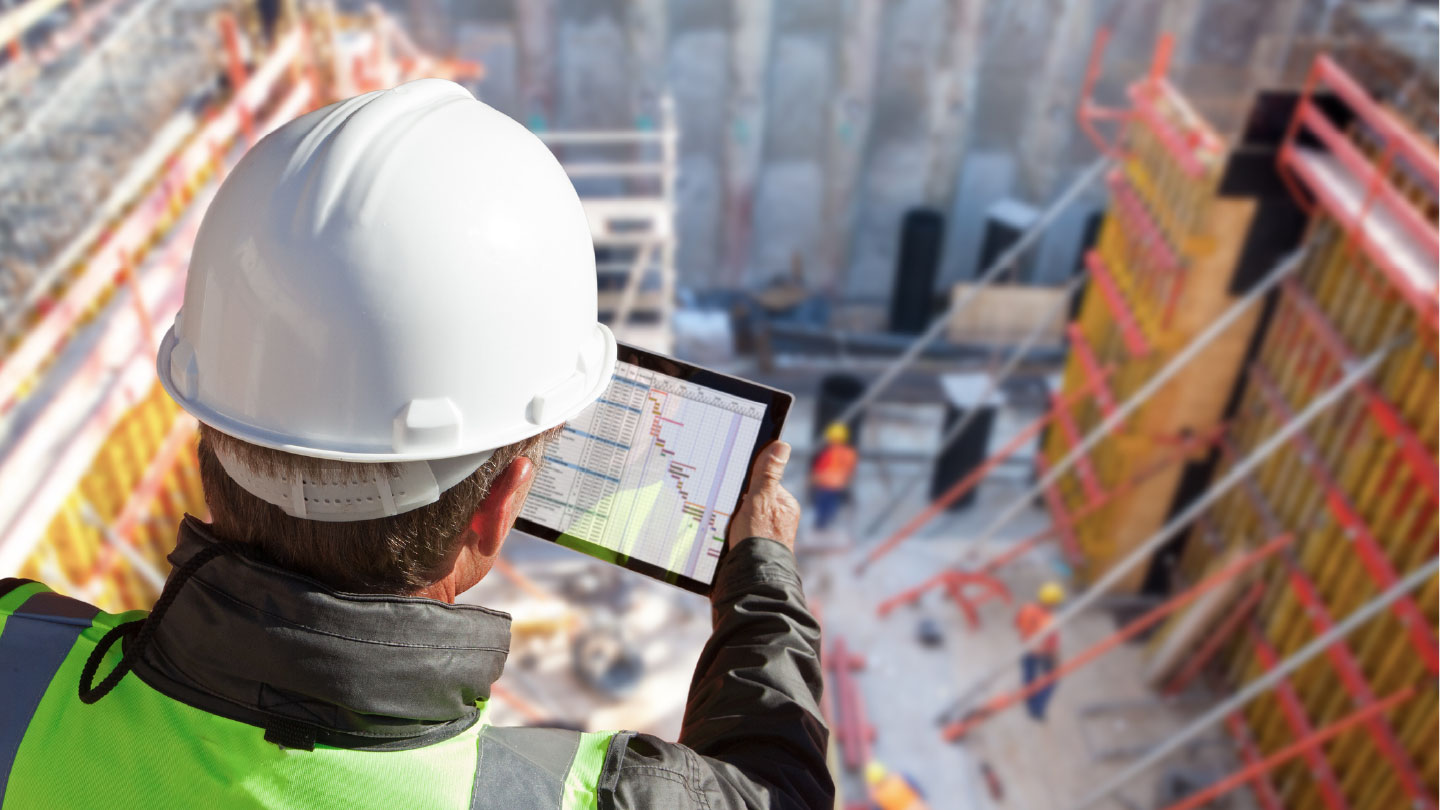From Hype To Reality: The Secret To Extracting Maximum Value From Construction Digital Twins
Surfacing as a transformative tool for the construction sector, digital twins promise to revolutionize collaboration inefficiencies, data handover challenges and project analytics. As digital twins cross the chasm from buzzword to operational imperative, project owners hold the power to influence a surge in adoption. But with the stage set for rapid growth, and 76% of firms already using digital twins to some extent in capital project delivery, many lack the organizational structure to unlock the technology’s full potential.
While digital twins remain in their infancy in terms of overall market maturity, they are proving their value in the construction industry by enabling:
- Data continuity across handovers. Vendors such as Fexillon provide lifecycle-wide platforms that establish a ‘golden thread’ of information, reducing reliance on disparate data sources and PDF documents to ensure operations teams receive usable data. In regions such as Hong Kong, where building information modelling (BIM) handover is mandated, this capability is indispensable.
- Smarter scheduling and risk management. With modular construction on the rise, digital twins enable project teams to simulate logistics strategies and reduce costly rework. Integrations such as Bentley Systems’s iTwin with One Click LCA allow firms such as WSP to embed carbon data into decision-making and attain green building certifications.
- Advanced analytics from disparate data streams. As data from IoT sensors and connected equipment proliferate, construction twins are evolving into predictive tools. The Dassault Systèmes virtual twin helps to reallocate resources in anticipation of delays, while vendors such as Maxwell GeoSystems use LLMs to deliver productivity insights.
- Design validation and safety assurance. Firms are deploying digital twins from providers such as RIB Software to test design alternatives for resource savings, while Twinsity enables drone-based site inspections to predict hazards. This supports compliance with regulations such as OSHA in the US and HSE in the UK, which are placing increasing emphasis on digital oversight for the construction phase, as well as for ongoing building operations.
- Cross-team collaboration. With more stakeholders involved in construction than in any other lifecycle phase, digital twins are essential to reducing departmental silos. VIATechnik’s Voyager platform, for example, facilitates a real-estate-owner-friendly unified digital workspace for centralized KPI monitoring.
But with such clear benefits, why do some firms fail to unlock tangible value?
The barrier is fundamentally organizational. Today, only a fraction of construction firms have a sophisticated data governance strategy, and just 24% of capital project firms have a dedicated data team. Without clear ownership and governance, digital twins risk becoming underutilized and outdated due to poor foundational data, undermining their ROI. To unlock the full potential of construction twins, early adopters must recognize that organizational readiness is as critical as the technology itself. Successful utilization of construction twins hinges on clear governance frameworks that assign ownership accountability and integrate twin-enabled workflows directly into project management, rather than treating them as parallel tools.
Market maturity is still some way off; however, our analysis takes a deep dive into the first signals of consolidation and emerging innovation. To keep up with the latest developments in the space, as well as digital twins for across the building life cycle, keep an eye on our research portal; and stay tuned for the accompanying webinar on Tuesday 9th December 2025 at 16:00 UTC (11:00 ET).
About The Author

Sophie Planken-Bichler
Industry Analyst




